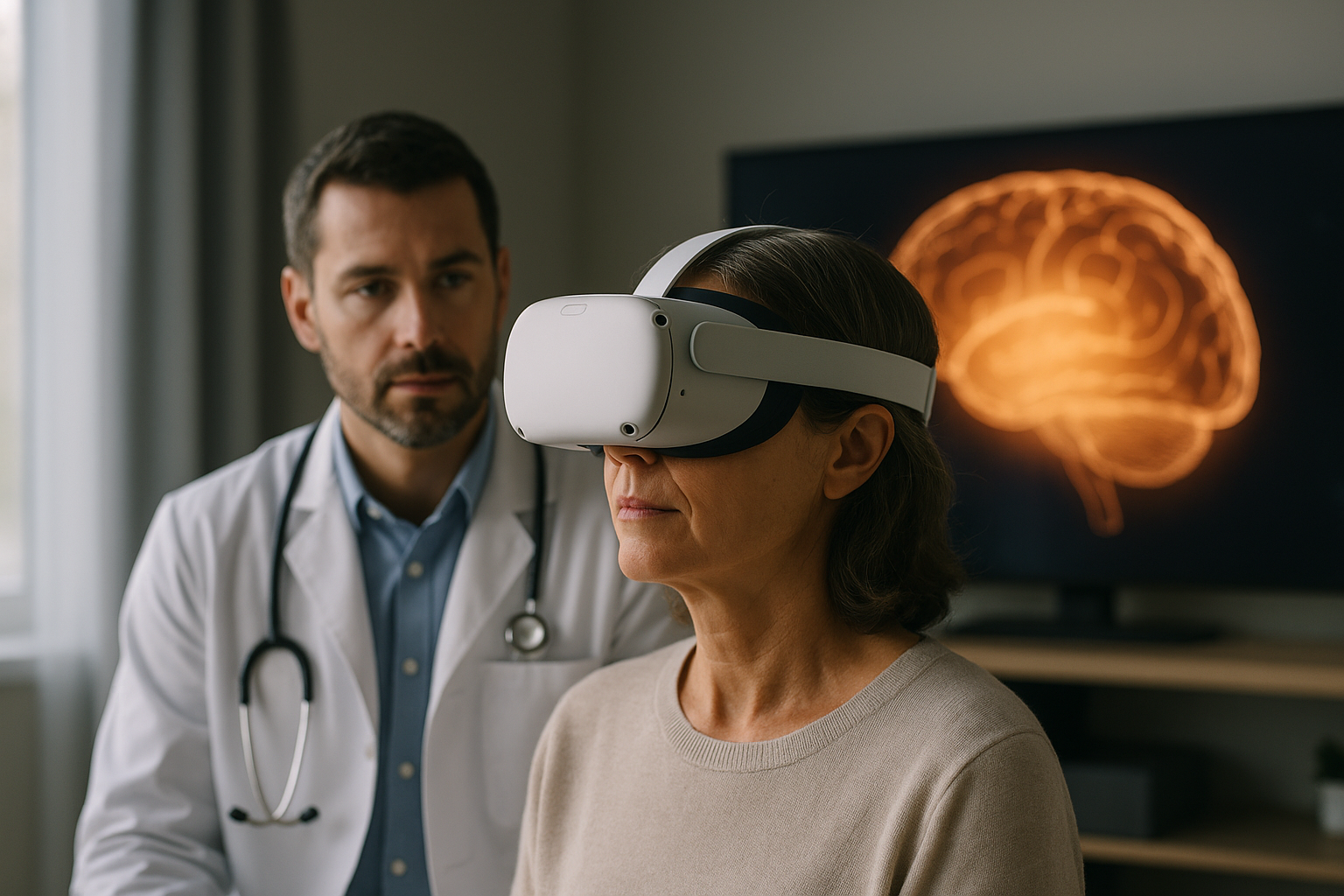Discover New Approaches In Parkinsons Disease Treatment That One Might Want To Explore.Therapy Options for Parkinson's
Parkinson's disease affects millions of people worldwide, presenting challenges that impact daily life through its progressive symptoms. As medical understanding advances, treatment approaches have evolved significantly beyond traditional medications. Today's therapeutic landscape offers a comprehensive range of options that address both motor and non-motor symptoms while potentially slowing disease progression. This article explores innovative treatment approaches that patients and caregivers might consider when developing a management plan for Parkinson's disease.

Understanding Modern Parkinson’s Disease Treatment Approaches
Parkinson’s disease treatment has evolved considerably in recent decades. While levodopa remains the gold standard medication, modern approaches recognize that effective management requires more than just pharmaceuticals. Comprehensive treatment plans now typically incorporate multiple therapeutic modalities, addressing both the neurological deterioration and the wide range of symptoms. Neurologists increasingly recommend a personalized approach that may include medication optimization, surgical interventions, physical therapies, and lifestyle modifications. This multimodal strategy aims to maintain quality of life while managing symptoms and potentially slowing disease progression.
Innovative Pharmacological Therapies for Parkinson’s
Medication management continues to be the cornerstone of Parkinson’s treatment, but pharmaceutical approaches have become more sophisticated. Beyond traditional levodopa, several medication classes now play important roles in treatment regimens. Dopamine agonists stimulate dopamine receptors directly, while MAO-B inhibitors and COMT inhibitors help preserve dopamine by preventing its breakdown. Extended-release formulations have improved the consistency of symptom control throughout the day, addressing the troublesome “on-off” fluctuations many patients experience. Newer delivery systems, such as intestinal gels and transdermal patches, provide more continuous medication delivery, potentially resulting in steadier symptom management with fewer side effects.
Surgical Interventions and Advanced Procedures
For patients who experience inadequate symptom control with medications or develop significant side effects, surgical options may offer substantial benefits. Deep Brain Stimulation (DBS) has become a well-established procedure that significantly improves motor symptoms in appropriate candidates. This therapy involves implanting electrodes that deliver electrical stimulation to specific brain regions, modulating the neural circuits disrupted by Parkinson’s disease. Emerging surgical techniques include focused ultrasound therapy, which creates small lesions in specific brain areas without requiring invasive surgery. Additionally, researchers are investigating the potential of gene therapies and cellular transplantation to address the underlying disease process rather than simply managing symptoms.
Non-Pharmacological Treatment for Parkinson’s Disease
Beyond medications and surgery, non-pharmacological approaches have gained recognition as essential components of comprehensive Parkinson’s management. Physical therapy specifically designed for Parkinson’s patients can significantly improve mobility, balance, and posture. Programs like LSVT BIG focus on amplifying movement patterns to counteract the characteristic smallness of motion. Speech therapy, particularly the LSVT LOUD program, helps maintain communication abilities affected by voice changes and articulation difficulties. Occupational therapy provides strategies for maintaining independence in daily activities, while cognitive training may help address thinking and memory challenges. Growing evidence suggests these non-pharmacological interventions can significantly enhance quality of life when integrated into regular routines.
Diet, Exercise and Lifestyle Modifications
Research increasingly supports the importance of lifestyle factors in managing Parkinson’s progression and symptoms. Regular exercise has emerged as particularly beneficial, with studies suggesting it may actually slow disease progression while improving motor function, balance, and mood. Multiple exercise modalities show benefit, including aerobic workouts, strength training, tai chi, boxing, and yoga. Dietary approaches, while not curative, may complement other treatments and potentially reduce symptom severity. Some patients report benefits from Mediterranean-style diets rich in antioxidants, while others find symptom improvements by timing protein consumption around medication schedules. Stress management techniques such as mindfulness meditation have also shown promise in helping patients cope with both the physical and psychological aspects of living with Parkinson’s disease.
Complementary and Alternative Therapies
While conventional medical treatments remain the foundation of Parkinson’s management, many patients explore complementary approaches to enhance their treatment regimens. Acupuncture has been studied for potential benefits in reducing some Parkinson’s symptoms, particularly pain and rigidity. Massage therapy may temporarily relieve muscle stiffness and improve range of motion. Mind-body practices like tai chi and yoga combine physical activity with mindfulness, potentially offering benefits for both motor symptoms and emotional wellbeing. Music therapy and dance programs like Dance for PD have shown promising results for improving movement, coordination and mood. While scientific evidence varies for these approaches, many patients report subjective benefits when these therapies are used alongside conventional treatments rather than as replacements.
The Emerging Role of Technology in Parkinson’s Care
Technological innovations are creating new possibilities for monitoring and managing Parkinson’s disease. Wearable sensors can now track symptom fluctuations throughout the day, providing clinicians with objective data to optimize treatment plans. Smartphone applications help patients monitor symptoms, medication timing, and exercise compliance. Virtual reality systems are being developed as rehabilitation tools that make therapy more engaging while providing real-time feedback. For patients with freezing of gait, specialized devices can provide visual or auditory cues that help overcome movement initiation difficulties. Telemedicine platforms have expanded access to specialist care, particularly beneficial for patients with mobility limitations or those living in remote areas. As technology continues advancing, these tools will likely play increasingly important roles in personalized Parkinson’s management.
Parkinson’s disease treatment continues to evolve with new approaches emerging from ongoing research. While no single therapy works for everyone, the expanding range of options allows for increasingly personalized treatment plans that address each individual’s specific symptoms and challenges. By combining conventional medical treatments with appropriate complementary therapies and lifestyle modifications, many patients experience improved symptom control and quality of life. As research advances, the therapeutic landscape for Parkinson’s disease will continue developing, offering hope for even more effective management strategies in the future.
This article is for informational purposes only and should not be considered medical advice. Please consult a qualified healthcare professional for personalized guidance and treatment.




